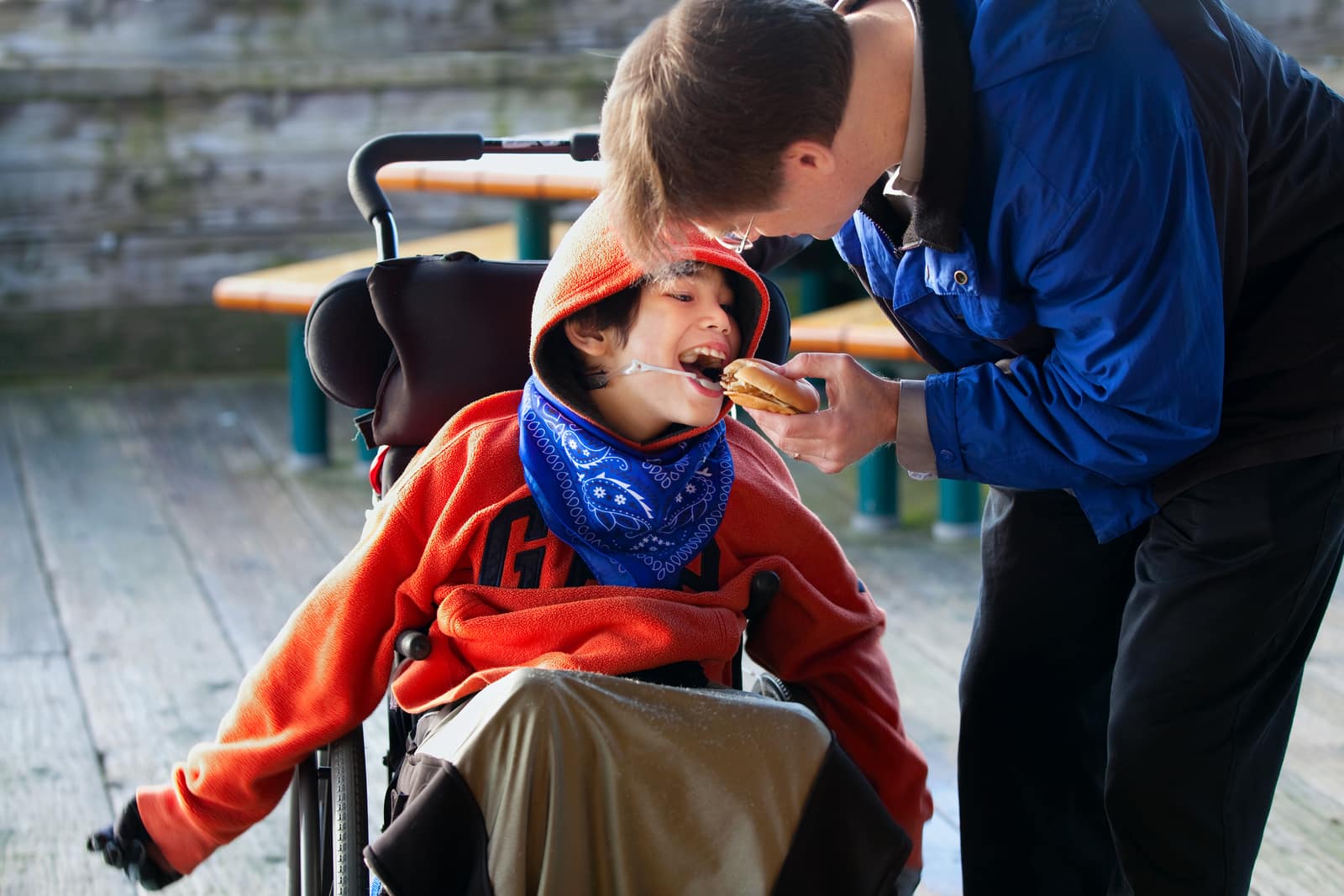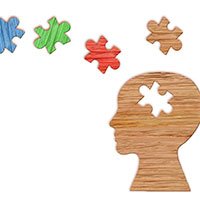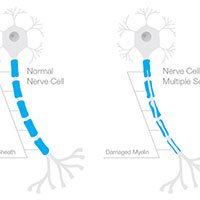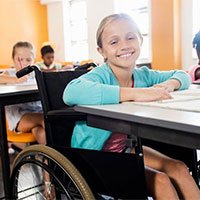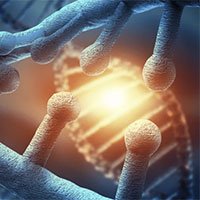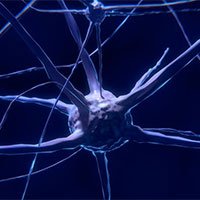Understand factors that can affect prognosis and life expectancy with cerebral palsy so you know what to expect after a diagnosis
Receiving a diagnosis of cerebral palsy (CP) for your child can be overwhelming and filled with uncertainty. As parents, it’s natural to have many questions about what the future holds, especially when it comes to prognosis and life expectancy.
While cerebral palsy is a lifelong condition, advancements in medical care, therapies, and support systems offer hope for a fulfilling life. In this article, we will explore the factors that impact the prognosis of children with CP, highlighting the ways families can help their children thrive and focus on hope amidst the challenges.
Prognosis versus life expectancy with CP
When thinking about the long-term implications of a condition like cerebral palsy on a child, it helps to understand the differences and relationship between prognosis and life expectancy:
- Prognosis means the expected course of a disease or disorder.
- Life expectancy means the average period of time that a person may be expected to live.
Generally, a good prognosis will correlate with a standard life expectancy compared to the general population, while a poor prognosis may lead to a diminished life expectancy.
However, while these words are used to describe what medical professionals expect will happen, an individual child’s prognosis or life expectancy is never certain. Whether the prognosis is bad or good, careful monitoring and a good CP treatment plan can help improve their life expectancy and quality of life.
Prognosis for cerebral palsy
Because cerebral palsy is a condition that can affect a person in many different ways and because there can be related conditions, the prognosis for people with CP can vary significantly. Any conversation with a doctor about the prognosis of a child diagnosed with CP should include a lengthy discussion of factors and related conditions that could influence the prognosis.
Below are some statistics on disabilities and health conditions associated with CP, some of which can be factors in a child’s long-term health outcomes. According to the Cerebral Palsy Alliance Research Foundation:
- 75% of children experience pain caused by CP.
- 50% of children with CP also have learning challenges.
- 33% cannot walk.
- 33% have hip displacement issues.
- 25% cannot speak.
- 25% have seizures or epilepsy.
- 25% have poor bladder control.
- 25% struggle with behavioral challenges.
- 10% are blind.
- 6% have swallowing difficulties and require a feeding tube.
- 2% are deaf.
Regardless of whether or not a child has one of these conditions, medical professionals should answer questions and thoroughly explain exactly what a good or bad prognosis might mean for a child’s future so parents have an idea of what to expect.
Although cerebral palsy is a permanent and sometimes life-threatening condition, the prognosis can change and improve over time, especially with early and consistent intervention and treatment.
How can cerebral palsy affect a person’s life expectancy?
Thinking about a child’s life expectancy is very difficult. However, the good news is that in many cases of CP, a child can be expected to live a full life compared to the general population.
The average life expectancy in the United States is 78.8 years, and most people with mild cases of CP can expect to live to a similar age.
However, in cases of moderate to severe CP or when there are other related conditions affecting the prognosis, the child’s life expectancy may be lower. Seizures, trouble eating or breathing, mobility limitations, intellectual impairment, and other factors can all affect a child’s life expectancy.
A study published in the National Institutes of Health explains that people exhibiting severe cerebral palsy symptoms in all four functional disability categories (cognitive, motor, hearing, and visual) have about a 50% chance of living to the age of 13 and a 25% chance of living to their 30th birthday.
Keep in mind that these shortened life expectancy estimates only refer to the most severe cases, and many people who suffer from CP do go on to live long, happy lives.
Is cerebral palsy fatal?
On its own, cerebral palsy is not a life-threatening condition. Fortunately, CP is considered a non-progressive neurological disorder, which means that it will not get worse with time. Although it is permanent, there are many ways to help improve the quality of life of people with cerebral palsy.
When other medical complications are present in addition to cerebral palsy, the child’s life expectancy may be reduced. The most significant factor is the severity of the child’s motor and intellectual impairment.
Learn which foods and nutrients are most important to help children with cerebral palsy grow and thrive.
What factors affect the life expectancy of someone with cerebral palsy?
In addition to motor and intellectual impairment, there are a number of other factors that may contribute to the child’s overall quality of life and life expectancy.
Mobility factors
Depending on the type of CP the child has, the child’s mobility may be limited. The common types of cerebral palsy include:
- Spastic. Spastic CP is the most common type of CP. This type results in problems with reflexes, stiffness, tight muscles or joints, and difficulty walking.
- Ataxic. In ataxic CP, the child may have difficulty with balance and coordination. Ataxic CP may involve trouble speaking, visual impairments, shakiness and tremors, and feet that spread apart while walking.
- Athetoid. In cases of athetoid CP or non-spastic CP, the person may have a stiff or rigid body, floppy limbs, difficulty standing up straight, and even trouble with eating.
- Mixed. In cases of mixed CP, the child’s CP is the result of injuries to multiple parts of the brain. The resulting impairments will vary depending on what areas of the brain have been injured.
Mobility is a crucial ability for a child’s development and an indicator of a child’s future capacity for independence. The more a child’s mobility or motor skills are impaired, the more difficult it will be for a child to participate in normal life activities. A child with moderate to severe motor impairment may require special accommodations and life-long care.
Intellectual factors
Children who suffer intellectual impairment in addition to CP may also have a reduced life expectancy. Common signs of cognitive impairment due to brain damage may include language difficulties. Depending on the part of the brain that is injured, the cognitive impairments will vary.
If a person is unable to communicate effectively, it is challenging to communicate needs, emotions, and desires. Occupational therapy can be an effective treatment to help children overcome their cognitive impairments and learn to communicate.
Sensory factors
Some people with CP also suffer from visual or hearing impairments. If a child is blind or deaf, then they may require special education and accommodations. In addition to the child, the child’s family may also need to acquire new skills for communicating and assisting the child.
Independence factors
Sometimes people with CP have difficulty swallowing and eating. Nutrition is important for a child’s developing brain and body, and a lack of nutrition can lead to other medical complications. If a child has difficulty swallowing, then they may be at risk for dehydration and malnourishment. Left untreated, these risks can be life-threatening.
Musculoskeletal factors
Musculoskeletal disorders can include hip dysplasia, scoliosis, cervical stenosis, and patella alta. These complications can affect a person’s ability to move. Additionally, they may complicate a person’s treatment plan and may ultimately reduce a child’s life expectancy if left untreated.
Respiratory factors
Lung conditions like bronchopulmonary dysplasia (BPD) can occur in babies with CP who are born prematurely. Gastroesophageal reflux and chronic aspiration of food and saliva can interfere with the lungs, causing the child to have difficulty breathing. These conditions can be life-threatening if left untreated.
Epilepsy factors
Up to half of children with CP tend to suffer from seizures. A seizure occurs when a wave of electrical activity overwhelms the brain, causing the child to tense up and lose motor control. Seizures can also be highly unpredictable, which adds an additional risk factor for the child’s safety and well-being.
How to improve quality of life and increase the lifespan of someone with cerebral palsy
One of the best ways to improve a child’s life expectancy is with proper treatment and medical care. Early intervention is shown to have a significant impact on helping the child overcome CP and the common complications that can accompany CP.
Children with cerebral palsy who have a specialized treatment plan can be expected to have a better quality of life and life expectancy.
How can treatment improve the life expectancy of someone with cerebral palsy?
A well-tailored treatment plan that includes therapy, medications, adaptive equipment, and sometimes surgery can help with many aspects of a child’s and an adult’s life. Some of the ways that treatment can help include:
- Improving the person’s mobility and coordination
- Increasing the person’s independence in daily self-care and maintenance, including activities like dressing, washing, and eating
- Learning how to manage pain
- Acquiring good coping systems for emotional stress
- Improving communication skills and social interactions
- Learning how to manage seizures
- Gaining access to community, legal, and government support programs
Bone Marrow Mononuclear Cells (BMMC) are a kind of stem cell being studied for their potential treatment applications in cerebral palsy cases. Unlike more controversial types of stem cells, BMMCs are harvested from the bone marrow of adult donors.
Get help from an experienced cerebral palsy and birth injury attorney
As with any serious medical condition, it’s important to develop a life care plan that fits each child’s unique situation, and getting financial help for a child with CP can make a huge difference.
If your child’s CP was caused by a preventable medical error, experienced birth injury attorney Laura Brown may be able to help. Laura can answer your questions and help determine if your child’s injuries were preventable.
If the injuries were preventable, she can guide you through the process of filing a lawsuit to hold the medical professionals accountable so your child can get the compensation they need to live their life to the fullest.
Ready to learn more?
For help investigating the circumstances that led to your child’s cerebral palsy, contact the cerebral palsy attorneys at Brown Trial Firm today to schedule a free consultation.
References
Cerebral Palsy Alliance Research Foundation – USA. (2018). How does Cerebral Palsy affect people? | Cerebral Palsy Alliance Research Foundation – USA. Cparf.org. https://cparf.org/what-is-cerebral-palsy/how-does-cerebral-palsy-affect-people/
Hutton, J. L. (2006). Life expectancy in severe cerebral palsy. Archives of Disease in Childhood, 91(3), 254–258. https://doi.org/10.1136/adc.2005.075002
Did Something Go Wrong During Your Baby Delivery?
Your child was born with Erb’s Palsy. You have a gnawing suspicion that something went wrong.
Approximately 30-50% of children with CP do have some form of mental impairment that will affect learning. Others face by physical barriers to learning.
In this article we discuss the factors that can affect the quality of life and the life expectancy of a person with cerebral palsy.
What’s the difference between Cerebral Palsy and Multiple Sclerosis? The conditions may seem similar, but are completely different! Read on to learn more.
In this post, we will cover how Cerebral Palsy may or may not affect a child’s intelligence and how to determine if a child may have intellectual impairments.
An occupational therapist can help people affected by cerebral palsy at all ages and capabilities to live a more fulfilling and independent life.
In this post, we discuss whether Bone Marrow Mononuclear Cells (BMMC) stem cells can be used to treat Cerebral Palsy.
Cord blood banking saves precious stem cells that can save lives and further research toward cures for diseases including birth injuries such as HIE and Cerebral Palsy.
Cerebral Palsy can interfere with the body’s ability to carry out commands coming from the nervous system.
